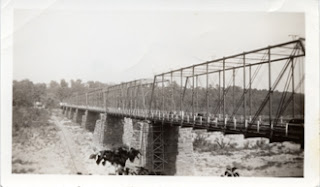
In punk rock lore, the Washington D.C. area scene has always occupied a unique and significant place in both the history and ongoing development of the genre. This is primarily due to the presence of Dischord Records and the bands most commonly associated with the storied label such as Minor Threat, Fugazi, Scream and countless others.
In many ways, Arlington’s own United Mutation represented a sort of highly idiosyncratic flipside to the Dischord coin, with an attitude and sound that refused to be pigeonholed. Mixing in many musical influences not normally associated with punk, from California-style psychedelia to near free-jazz soundscapes, the band proved to be adept composers as well as a visceral aural thrill.
Live appearances were infrequent as the band preferred to hone their sound and songwriting, maintaining a steady rehearsal regimen. Centered around the Fox brothers, John and Jay, as well as their distinctive vocalist Mike Brown, the band released a number of tracks via EPs and 7” singles through their DSI Records imprint with Dischord in the early to mid-1980s. More recent compilation albums on vinyl and CD serve as definitive statements from the band, who have now been recognized by a league of new fans as one of the most original and uncompromising bands to come out of the Washington D.C. area punk movement.
Listen to United Mutation “Infinite Regression”, from the 1985 Rainbow Person E.P. (MP3)
What About You?
Have any of you heard United Mutation’s music or seen them back in the day? Let us know!








